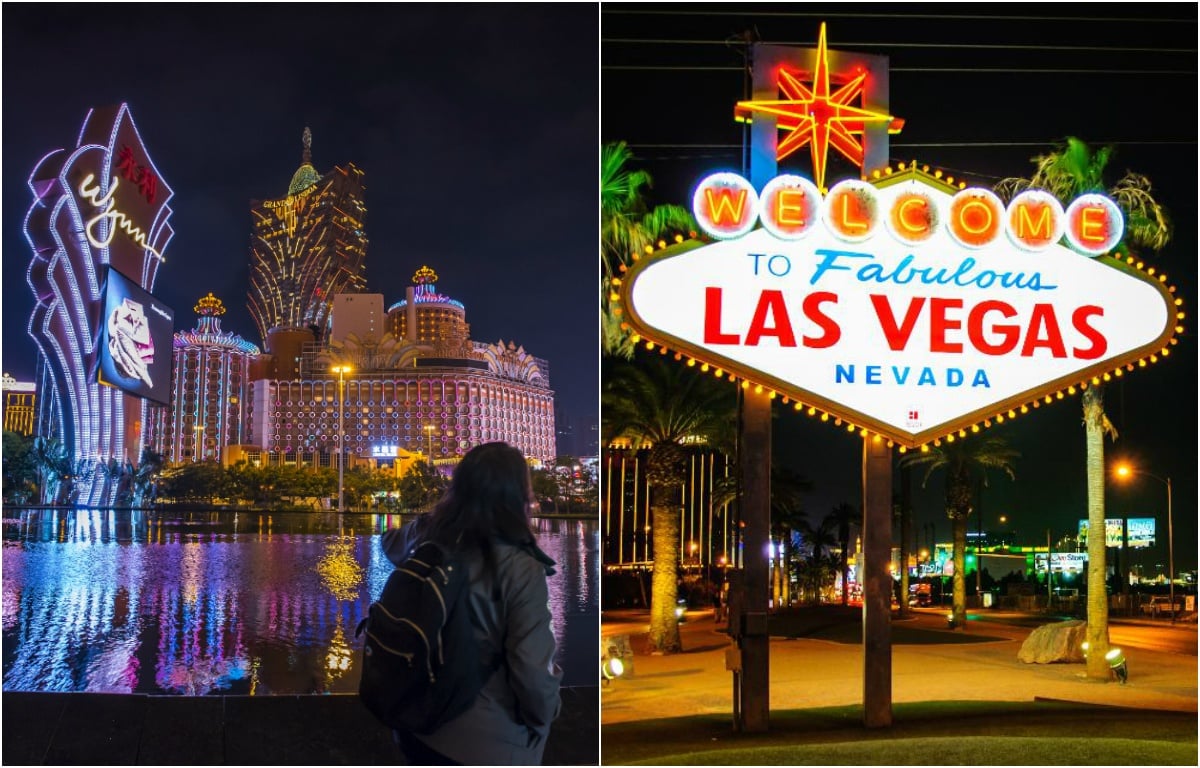Fitch Ratings: Global Gaming Outlook Strong Heading Into 2018, But Northeastern US in Peril
Posted on: November 28, 2017, 03:00h.
Last updated on: November 28, 2017, 01:56h.
Fitch Ratings says in its 2018 outlook that there’s plenty of reason to be bullish on the casino and gaming industry.

One of the Big Three credit rating agencies, Fitch analysts believe the year ahead will provide a “sound economic outlook across global markets” that positions operators and suppliers for moderate growth in 2018. Fitch Gaming, Lodging, & Leisure Senior Director Alex Bumazhny said major casino operators largely have healthy balance sheets.
“While many gaming companies will ramp up returns to shareholders, we expect these returns to be balanced with preserving, and in some instances improving, balance sheet strengths,” Bumazhny explained.
Northeastern Saturation
While Fitch Ratings is optimistic on the gaming industry as a whole, it did raise concerns surrounding the ongoing development of casinos in the northeastern United States.
MGM opened its $1.4 billion National Harbor casino just miles from Washington, DC, late last year. The integrated resort has negatively impacted Maryland’s other gambling venues, with its biggest in-state rival, Maryland Live, down over $100 million through October in 2017 compared to the previous year.
Fitch believes it’s a prime example of what’s to come in the northeast.
In Pennsylvania, the Keystone State recently passed a massive gambling expansion measure that allows for the addition of up to 10 satellite casinos, each with up to 750 slot machines and 40 table games.
In Connecticut, the Mohegan Sun and Mashantucket Pequot Native American tribes are jointly building a casino near the Massachusetts border, hoping to prevent gaming revenue from flowing north to MGM’s $960 million resort in Springfield. The $2.4 billion Wynn Boston Harbor is also under construction in the Bay State, and potentially a Native American casino in Tiverton.
In New Jersey, where Atlantic City once held a gambling monopoly on the East Coast, there are concerns that incoming Governor Phil Murphy (D) will better advance the movement to bring land-based gambling to northern parts of the Garden State.
Gaming revenue has stabilized in Atlantic City, with the remaining seven operators up over eight percent through October. But Hard Rock is spending over $550 million to transform the Trump Taj Mahal into a rock ‘n’ roll-themed resort that is scheduled to open in 2018. Thought to now be “right sized,” adding an eighth casino, and potentially more upstate as well, could deliver a blow to Atlantic City.
Major Markets
Fitch says the saturation concerns in the northeast are overshadowed by larger and more robust markets, specifically Japan’s likely legalization of two commercial integrated casino resorts, and the continued return of Macau’s VIP industry. Casino win is up 19 percent through October in China’s special gaming enclave, and Fitch predicts continued growth during 2018, though in the “high single-digit range.”
In Las Vegas, investments are returning to the Strip. The Fontainebleau, SLS Las Vegas, Stratosphere, Palms, and other properties all have new owners, or will once their deals are finalized.
And despite the October 1 mass shooting from Mandalay Bay, Fitch believes Las Vegas conventions will remain strong. With the Fontainebleau’s 3,800 rooms, Resorts World’s 3,000 rooms, and Wynn Resorts’ new 1,500-room hotel tower at Paradise Park still several years out, that should keep demand high for current Strip operators.
No comments yet